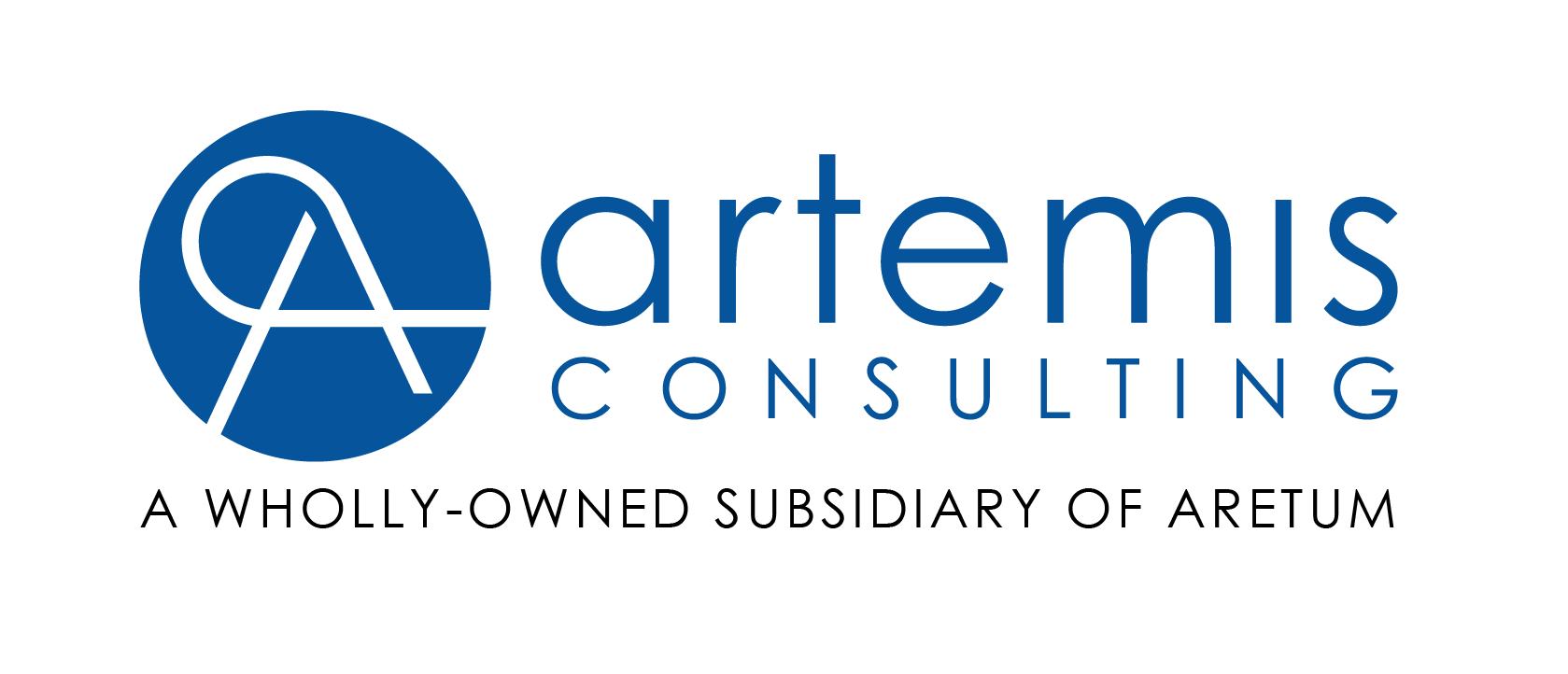Employ Quantitative and Qualitative Research Methods
USER RESEARCH IS AN ITERATIVE PROCESS
To provide a satisfying user experience, research must first be conducted by the UX team to learn how users utilize the digital product (e.g., website or web/mobile application). Without understanding how users navigate the website or application, we cannot fundamentally meet their needs and create an intuitive process for them. By observing the behaviors of a variety of different users, the UX team can create or adjust product features and functionality to be seamless and responsive for them.
With software design being iterative and in a state of continuous improvement, research must be done on an ongoing basis to continually understand the perspective of users and ensure that end users’ needs are a part of the entire decision-making process. This means not only will the UX team need to do research at the beginning of a project, but also regularly check in with users to see how their needs are evolving. The UX team should use qualitative methods, such as interviews or observations, to get at the “why” by examining perceptions and attitudes of users, as well as quantitative surveys to answer the “what” by evaluating “how many” or “how much” of an activity.

IN-DEPTH INTERVIEWS
In-depth interviews provide qualitative information about users’ wants, needs, challenges and motivations In-depth interviews are one-on-one detailed conversations with users in the product’s key demographic area. The questions asked in the interviews need to be well thought out beforehand and focused to obtain input that informs decision making. Interviews need to specifically address how they are using the product; that is, what they are trying to do, as well as what works well and what doesn’t for them. Initial interviews should be conducted prior to the design phase to begin forming ideas about requirements and again to confirm needs are being met with the final solution.
SURVEYS
Surveys are often made available to users throughout the design process to solicit quantitative feedback on a regular basis. Surveys gather information on frequency, importance, likelihood, satisfaction, and other ratings-based questions. Surveys should mostly be closed-ended questions to collect information from a representative-sized sample of the user population.
OBSERVATIONS
If there is no existing product to help users accomplish their goals, then the research will involve observing users in conducting manual or automated tasks or processes to see how users perform them to better organize the workflow of a digital product. If there is already a legacy website or application being utilized, it is helpful to observe users navigate or perform common tasks to determine what is and what is not meeting their needs. At times, it is worthwhile to ask questions while users are navigating through the product or system to understand precisely where issues occur and suggest ways of mitigating them to understand preferences and viable options. While observing users in their existing environments (e.g., the current/legacy website or web application), accessibility needs of users should be identified to make sure that they are considered in the product design phase to meet the visual, auditory, and cognitive needs of all users (e.g., clear and easily identifiable labels and titles; adequate contrast in styles, fonts and colors; appropriately-sized text and images, availability of captions for audio or video content).
CHECKLIST
- Address digital product’s wants, needs, challenges and motivations in interviews or observations
- Address frequency, importance, likelihood, satisfaction, and other ratings-based questions through online surveys for the digital product
- Determine the type of research tool, such as user interviews, surveys, screen sharing, etc.
- Obtain input on functional product needs and key product features required to aid design
- Allow users’ needs to shape the appropriate technical solution, not client or stakeholders’ goals alone
- Confirm you have enough user input to make user-driven decisions during the design phase
KEY QUESTIONS
- Which research method(s) should be used to solicit information about user behavior?
- Do research questions address users’ main problem(s) or issue(s)?
- What product features are important or can be improved upon?
- What functionality is necessary for ease of use?
- What do users feel is lacking or frustrating?
- What would the ideal product be if there were no limitations?
- How does the digital product compare to similar competitor products?
- Have client and UX teams’ assumptions been questioned?
